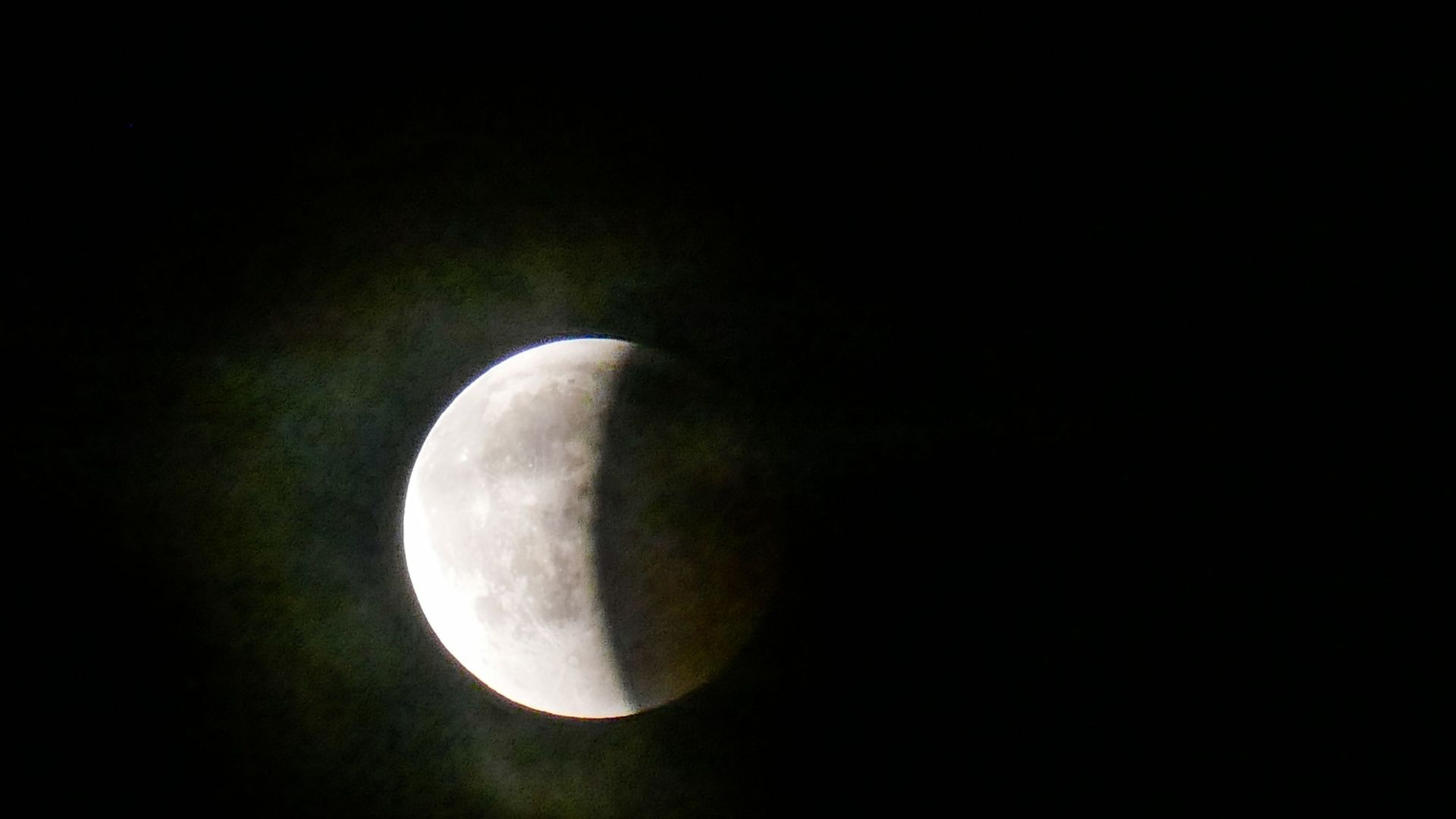Summary
- Lunar eclipses happen during the full moon phase when Earth casts a shadow on the Moon.
- Total lunar eclipses occur when the Moon is in the Earth’s darkest shadow, appearing red.
- Partial and penumbral lunar eclipses show different levels of shadow, visible without special equipment.
Just like the moon can eclipse the light from the sun for us here on Earth, the Earth can block light from the sun so that it casts a shadow on the surface of our beloved over-sized satellite. There are three major types of lunar eclipse you can observe when the time is right.
When Lunar Eclipses Happen
Just as with a solar eclipse, the different heavenly bodies need to align in just the right way for we earthlings to see the Earth’s shadow cast on the Moon. Eclipses happen during the full moon phase, though obviously not every full moon phase, because of how the Moon’s orbit is tilted relative to the Earth’s orbit around the Sun.
The normal phases of the Moon are not caused by the Earth’s shadow, but the position of the Sun relative to the Moon and our position as observers. We’re basically seeing different parts of the lunar day.
Just like any object that casts a shadow, the Earth’s shadow isn’t a perfect black shape, and what a lunar eclipse looks like depends on where exactly the Moon falls within it.
A Total Eclipse of the Moon (but Not Our Hearts)
A total lunar eclipse happens when the Moon moves into the inner, darkest part of the Earth’s shadow. This is known as the “umbra”, which is one of the coolest, most metal words in the English language. It was originally the Latin word for “shade” or “shadow:”
Some of the sunlight that passes through the Earth’s atmosphere still makes it to the moon, and because the red end of the color spectrum doesn’t scatter as easily as the blue-violet end, the moon appears reddish since that’s what filters through. In other words, the Moon is red for the same reason the sky is blue!
Partial Lunar Eclipses
In a partial lunar eclipse, the alignment of the Earth and Moon isn’t quite so perfect, so only part of the moon passes through the umbra. To us, this looks like a shadow on the Moon first grows, and then recedes as each respective body moves through its orbit. Since plenty of full-spectrum light from the Sun can reach the Moon, we don’t see that strong red coloration.
Penumbral Eclipses
The penumbra is the lighter outer region of Earth’s shadow, where sunlight is only partially blocked, creating a subtle dimming effect. When the Moon moves through the Earth’s penumbra, the Moon dims a little. That’s pretty anticlimactic and most of the time you can’t even tell there’s a penumbral eclipse just by looking at the moon.
Viewing Lunar Eclipses
Unlike a Solar eclipse, you don’t need any special equipment to see a lunar eclipse. You can also see these eclipses with the naked eye, though, of course, you’ll see the eclipsed lunar surface in much more detail if you use a telescope or even binoculars.
Related
What Can You See in Space With Binoculars?
It’s probably more than you think.
What you do need is some way to know that an eclipse is coming, and luckily, NASA’s Eclipse website has a calendar listing all lunar eclipses up to December 2030. There’s also a table of decade schedules for lunar eclipses all the way to the year 2100, just in case you’re feeling very healthy and expect to see that one.
Lunar eclipses aren’t the most interesting celestial event, but they are still relatively rare and worth seeing. For example, there are only three total eclipses in 2025, and of course all three won’t be visible from the same places on Earth. After that, the next one is in 2028, though there’s a smattering of other eclipse types inbetween. So set your calendar dates and make a point of seeing at least one of each.
Source link
